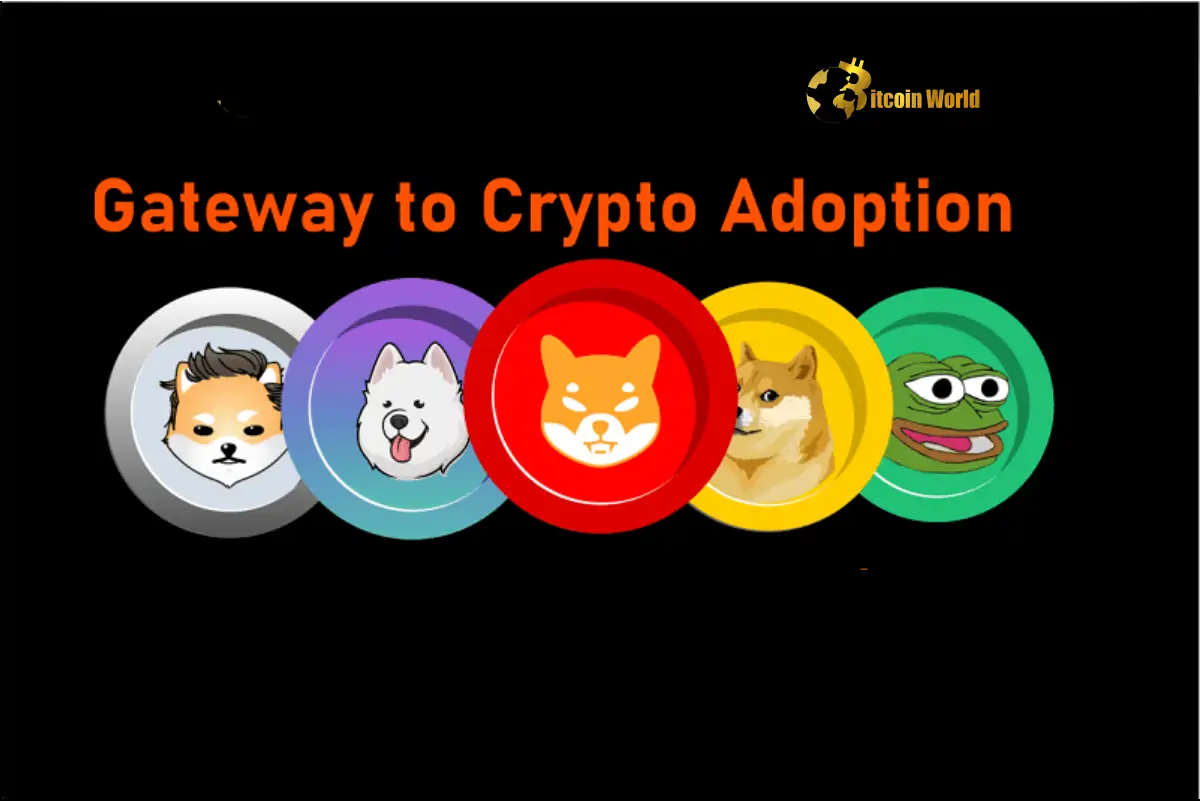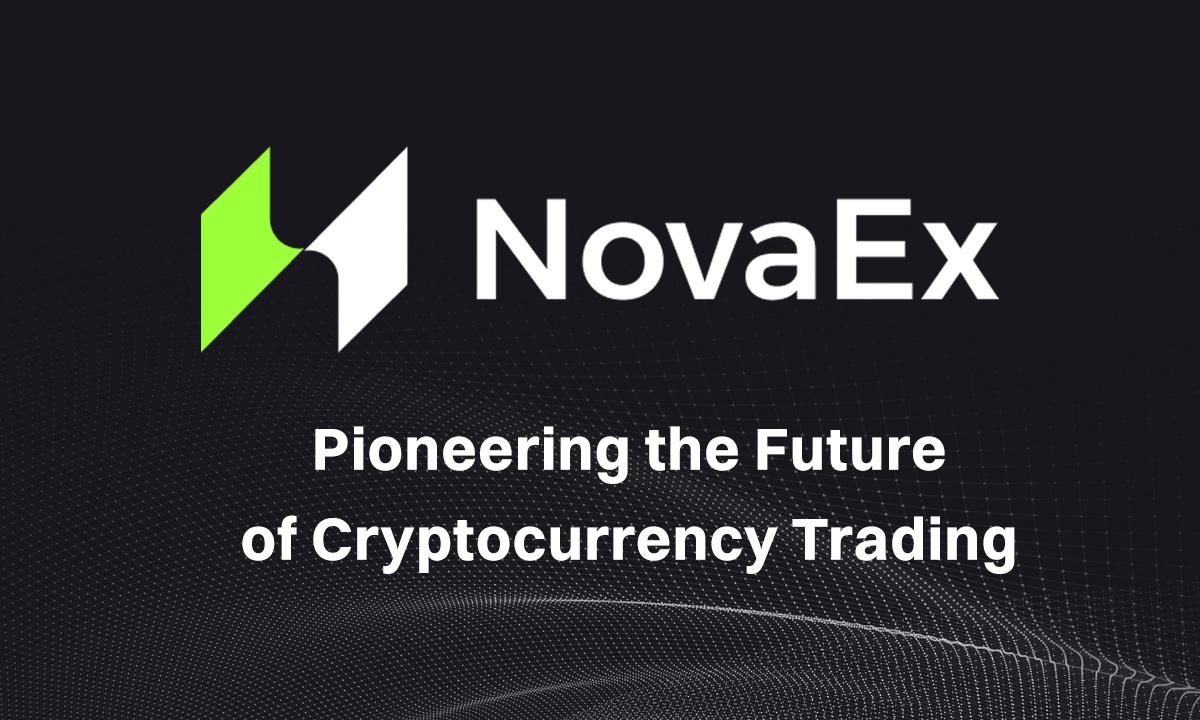BitcoinWorld

Crucial Stablecoin Protection: South Korea’s Bold Move Towards Digital Asset Security
In the rapidly evolving landscape of digital finance, stablecoins have emerged as a foundational element, bridging the gap between traditional fiat currencies and the volatile world of cryptocurrencies. Their promise of stability, typically pegged to a reserve asset like the US dollar, has propelled them into the spotlight as a new payment method and a critical component of the broader crypto ecosystem. However, this very stability, when challenged, can lead to significant concerns, highlighting the urgent need for robust safeguards. This is precisely why a groundbreaking proposal from South Korea’s Korea Deposit Insurance Corporation (KDIC) is capturing global attention, suggesting a new era for stablecoin protection.
Why is Stablecoin Protection Becoming Crucial?
Stablecoins, despite their name, are not immune to risk. The past few years have shown that events like ‘depegging’ – where a stablecoin loses its intended value peg – can have cascading effects, leading to panic, mass redemptions, and significant financial losses for users. These incidents underscore a fundamental tension: the desire for stability versus the inherent risks of a nascent, largely unregulated market. As more individuals and institutions adopt stablecoins for transactions, remittances, and DeFi activities, the potential for systemic risk grows.
- Depegging Risks: The most immediate threat, where a stablecoin’s value deviates significantly from its pegged asset. This can be caused by market volatility, insufficient reserves, or even algorithmic failures.
- Mass Redemptions: A ‘bank run’ scenario in the crypto world, where a large number of holders simultaneously try to convert their stablecoins back into fiat or other assets, potentially overwhelming the issuer’s reserves.
- Consumer Confidence: Without adequate safeguards, public trust in stablecoins can erode, hindering their mainstream adoption and utility.
- Systemic Stability: As stablecoins become more integrated into the global financial system, their failure could pose broader risks to financial stability.
Understanding South Korea’s Innovative Proposal for Stablecoin Protection
According to the Seoul Economic Daily, Kim Myung-won, a research fellow at the Korea Deposit Insurance Corporation’s (KDIC) Digital Finance Team, has put forth a significant proposal. In a July 24 report, Kim suggested that public institutions should seriously consider implementing safeguards for stablecoins, drawing parallels to the traditional deposit insurance systems that protect bank deposits. This initiative marks a proactive step by a major financial regulatory body to address the inherent vulnerabilities of digital assets.
The KDIC, a key player in South Korea’s financial stability framework, is responsible for protecting depositors in traditional banks. Their involvement in proposing stablecoin protection signifies a recognition of stablecoins’ growing role as a payment method and their potential impact on the broader financial ecosystem. This isn’t just about preventing individual losses; it’s about bolstering the integrity and resilience of the entire digital finance landscape.
How Does Deposit-Style Stablecoin Protection Work?
Kim Myung-won’s report delves into the mechanisms that could underpin such a protection scheme. It primarily focuses on two critical aspects:
- Guaranteed Payouts: Similar to how traditional deposit insurance guarantees a certain amount of a depositor’s funds even if a bank fails, this proposal suggests a mechanism to guarantee stablecoin payouts in case an issuer defaults or faces severe liquidity issues. This could involve a fund established by stablecoin issuers or a public entity, financed through premiums or fees.
- Reserve Asset Requirements: The report emphasizes the need for issuers to hold highly liquid reserve assets. This means the assets backing the stablecoin should be easily convertible to cash without significant loss of value. Examples include cash, short-term government bonds, or other highly stable financial instruments. If issuers are permitted to hold longer-duration or less liquid assets, the proposal recommends establishing additional liquidity support mechanisms to ensure funds are available for redemptions when needed.
The analogy to traditional deposit insurance is powerful. For decades, deposit insurance has been a cornerstone of financial stability, preventing bank runs and instilling confidence in the banking system. Applying a similar framework to stablecoins could provide a much-needed layer of security, reassuring users that their digital assets are protected, at least up to a certain limit.
Benefits and Challenges of Implementing Stablecoin Protection
The implementation of a stablecoin protection framework brings a host of potential benefits, but also presents significant challenges that need careful consideration.
Benefits:
| Benefit | Description |
|---|---|
| Enhanced User Trust | Users will have greater confidence in stablecoins, knowing their funds are protected, reducing the fear of depegging or issuer insolvency. |
| Financial Stability | Mitigates systemic risks associated with stablecoin failures, preventing contagion across the broader financial system. |
| Mainstream Adoption | Increased security and regulatory clarity can encourage wider adoption by individuals, businesses, and traditional financial institutions. |
| Regulatory Clarity | Provides a clear framework for stablecoin issuers, fostering a more predictable and compliant operating environment. |
Challenges:
- Defining ‘Stablecoin’: The diverse nature of stablecoins (fiat-backed, crypto-backed, algorithmic) makes it challenging to apply a one-size-fits-all protection model. Clear definitions and classifications will be essential.
- Funding Mechanism: Determining how the protection fund will be financed (e.g., through issuer premiums, government funds) and how large it needs to be to cover potential defaults is complex.
- Cross-Border Issues: Stablecoins operate globally, but regulatory frameworks are often national. Harmonizing protection schemes across different jurisdictions will be a significant hurdle.
- Technological Complexity: Integrating traditional financial protection mechanisms with blockchain technology requires innovative solutions and robust technical infrastructure.
- Moral Hazard: The risk that protection might encourage stablecoin issuers to take on more risk, knowing there’s a safety net.
What Are the Global Implications for Stablecoin Protection?
South Korea’s proposal is not an isolated incident but rather part of a growing global trend towards regulating digital assets. Jurisdictions worldwide are grappling with how to integrate cryptocurrencies, particularly stablecoins, into existing financial frameworks without stifling innovation. This move by KDIC could set a precedent, encouraging other nations to explore similar deposit-style protections. The European Union’s MiCA (Markets in Crypto-Assets) regulation, for instance, includes provisions for stablecoin issuers, focusing on reserve requirements and supervision, though not directly a deposit insurance scheme.
The US has also seen discussions around stablecoin regulation, with calls for robust oversight and clarity on their status. The very act of a deposit insurance corporation considering such measures highlights a significant shift in how traditional financial authorities view digital assets – no longer as fringe technologies, but as integral components requiring serious regulatory attention for consumer and systemic stablecoin protection.
Actionable Insights for Stablecoin Users and Issuers
For stablecoin users, this development underscores the importance of choosing reputable stablecoins backed by transparent and audited reserves. While the KDIC proposal is specific to South Korea, it signals a broader movement towards greater accountability in the stablecoin market. Always conduct due diligence, understand the reserve assets, and be aware of the regulatory environment surrounding your chosen stablecoin.
For stablecoin issuers, this serves as a clear signal: regulation is coming, and proactive compliance will be key. Preparing for stricter reserve requirements, enhanced transparency, and potential contributions to protection funds will be crucial for long-term viability. Embracing robust audit practices and clear communication about reserve holdings will build trust and position issuers favorably in a regulated future.
A New Horizon for Digital Asset Security
The proposal from Korea’s KDIC for deposit-style stablecoin protection marks a pivotal moment in the evolution of digital finance regulation. It represents a forward-thinking approach to mitigating the inherent risks of stablecoins, aiming to foster greater trust, stability, and mainstream adoption. While the path to implementation will undoubtedly involve complex challenges, the benefits of enhanced consumer confidence and systemic stability are profound. As stablecoins continue to gain traction as a vital payment method and a cornerstone of the crypto economy, such protective measures are not just desirable, but increasingly essential for building a resilient and secure digital financial future.
Frequently Asked Questions (FAQs)
1. What is a stablecoin?
A stablecoin is a type of cryptocurrency designed to maintain a stable value, typically pegged to a fiat currency like the US dollar, a commodity like gold, or an algorithm. Their purpose is to reduce volatility compared to other cryptocurrencies, making them suitable for transactions, savings, and DeFi activities.
2. What is the Korea Deposit Insurance Corporation (KDIC)?
The KDIC is a public institution in South Korea responsible for protecting depositors by insuring their bank deposits. If a financial institution fails, the KDIC ensures that depositors recover their funds up to a certain limit, thereby maintaining financial stability and public confidence in the banking system.
3. Why do stablecoins need protection?
Despite their name, stablecoins can lose their peg (depeg) or face liquidity crises, leading to financial losses for users. Protection measures are needed to safeguard user funds, prevent mass redemptions (bank runs), enhance consumer trust, and mitigate potential systemic risks to the broader financial system as stablecoins become more widely used.
4. How would stablecoin protection work similarly to traditional deposit insurance?
Similar to how deposit insurance guarantees payouts for bank deposits in case of bank failure, deposit-style stablecoin protection would aim to guarantee payouts for stablecoin holders if an issuer defaults. This would likely involve requiring stablecoin issuers to hold highly liquid reserves and potentially contribute to a collective fund to cover potential losses.
5. What are the main challenges in implementing stablecoin protection?
Key challenges include defining and classifying the various types of stablecoins, establishing a robust and fair funding mechanism for the protection scheme, navigating complex cross-border regulatory issues, and integrating traditional financial safeguards with blockchain technology. Additionally, managing the risk of moral hazard among issuers is a concern.
Share Your Thoughts and Spread the Word!
The discussion around stablecoin protection is vital for the future of digital finance. If you found this article insightful, please share it on your social media platforms. Let’s continue the conversation and raise awareness about the crucial steps being taken to secure our digital assets!
To learn more about the latest crypto market trends, explore our article on key developments shaping stablecoin regulation and institutional adoption.
This post Crucial Stablecoin Protection: South Korea’s Bold Move Towards Digital Asset Security first appeared on BitcoinWorld and is written by Editorial Team





